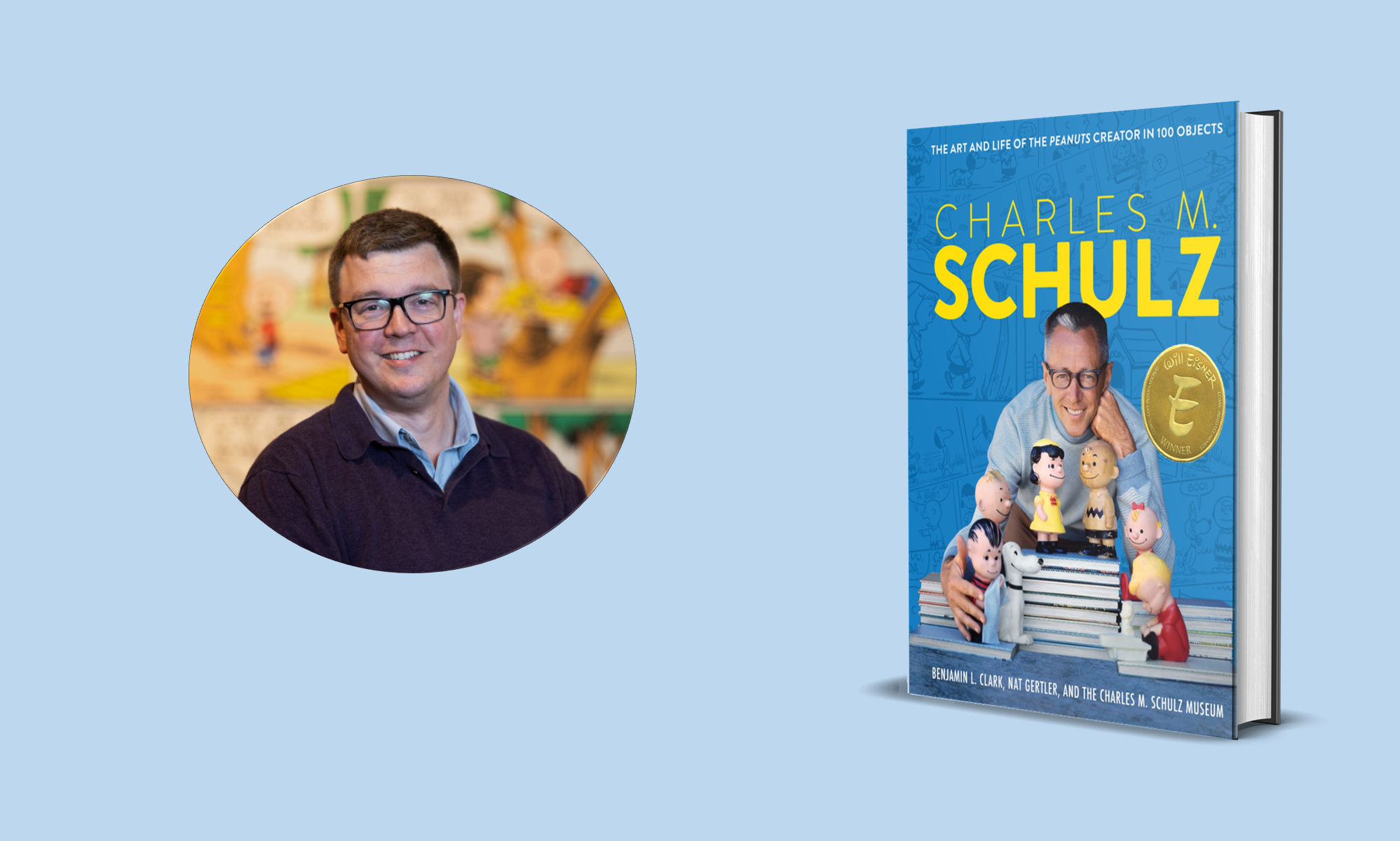
What an interesting book. It is literally about the dreams — the hallucinations of slumber — of writers. Not so much about daydreams, or aspirations, or anything other than the literal dreams of writers.
Naomi Epel worked as a driver/helper of visiting writers in San Francisco. She’d pick them up, drive them to book signings, talks, etc. Naturally, they’d talk, and she was keenly interested in dreams. She later hosted a radio show on the subject as well, eventually putting together this book. 20 years later, it’s still a fascinating read. A couple of the essays sounded familiar — especially Sue Grafton’s. Grafton edited a book about the process of mystery and thriller writers, including herself, and she talks a lot about how dreams play a part in her process.
Gloria Naylor, in her essay in Naomi Epel’s Writers Dreaming, says that writers are a work’s first audience. The idea stuck with me, and I’ve been thinking it over. I think it may be true. It feels true at least, and that’s not the worst test.
I know some writers get huffy when other writers say that their characters take over, that they have no idea where ideas come from, that they are just along for the ride, etc. Abdicating responsibility for their work with what sounds like a projected false humility.
The writers that get mad about these statements resent members of the tribe going out and making light of our work. Writing as work is frequently minimized, unacknowledged, even denied. Who wouldn’t be mad about that?

As (one of my writing heroes) E. B. White said to his step-son, Roger Agnell when he proposed that White might “have fun” revisiting the city and write a little piece about his old haunts in New York for Holiday Magazine (of which Agnell was an editor). E. B. White replied, “Writing is never fun.”
But I also see what Naylor was saying in her essay. We open the taps of creative flow, and like a kid playing in the rainwater rolling toward a gutter, we put in little sticks and leaves and watch them go. We pull up clumps of mud and find big rocks to try and redirect the flow of water. This is writing, in a way.
It must be connected to the part of our brain that makes faces out of things and the stew of you, all the bits and pieces, the ingredients that have become you. Your genetics, your upbringing, your talents, and fears. Your love and failures, the rivers you have drunk and mountains you have stood upon – the deserts that lay ahead and behind.
Stories are the same. All the makeup is outside of you trying to get in but it may first be run through you – sieved into you to become whatever it will become. And as it becomes, we create and watch, creator and first spectator together – as always a multiplicity of identity in any given moment — human.
What artist/ writer/ creator, hasn’t been surprised by the product of the pen or brush? If you never have, you should write more. Surprises await. What do you think? Hit reply and let me know!
About the Author: Benjamin L. Clark writes and works as a museum curator.
WHY NOT SUBSCRIBE TO MY NEWSLETTER?













